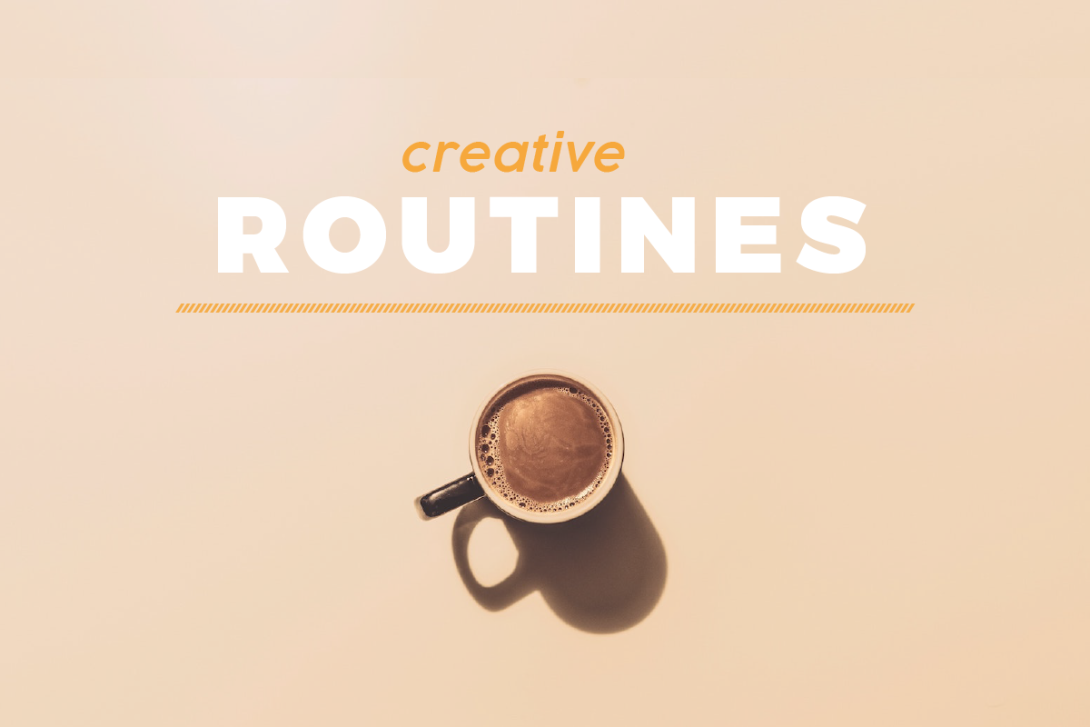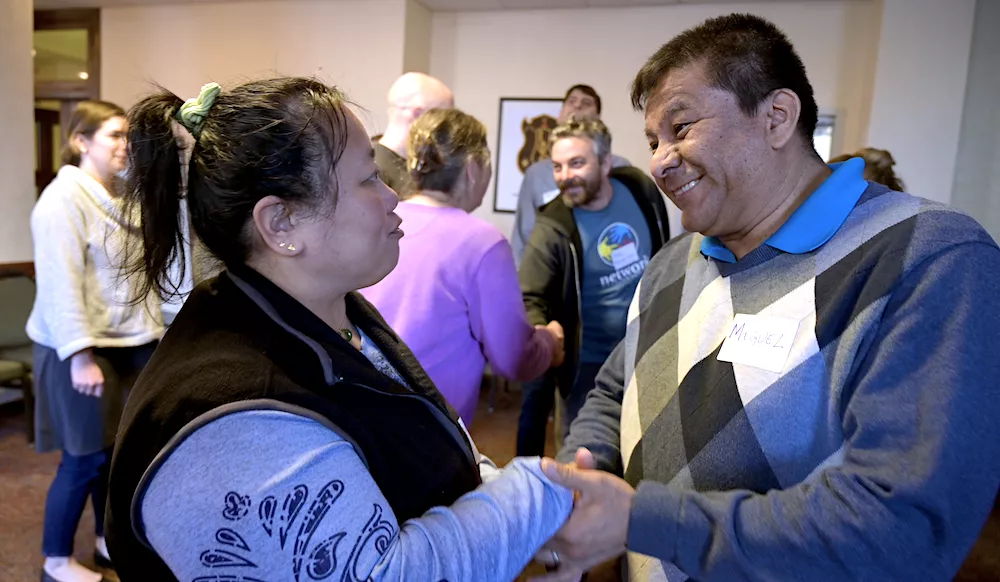The makeSPACE blog
A ROUTINE IS A SEQUENCE OF ACTIONS THAT IS REGULARLY FOLLOWED.
Creative Routines
Whether at home, at work, at the gym, or in the classroom, we engage in our environments through embedded routines. These environments—the places where we live, work and play—allow us to form and experience the daily routines of life.

Have you ever thought about how you make coffee or tea each morning? Do you follow a regiment at the gym to warm-up or stretch? Is there a dinner that you often make your loved ones on Wednesday evenings?
Routines shape our daily lives and create supportive structures in our work and learning environments. They help develop our habits and our culture of interaction with others and the world around us. As Eric Booth and many others have explored, the habits of mind we carry into learning and creative pursuits are vital to our experience and success in those experiences. Routines build those habits of mind.
To shape a creative classroom environment, routines provide an accessible entry point, and there are really endless possibilities to explore. These routines can even help us find new pathways to creativity for ourselves, as teachers, and for our students, as learners.
Routines help us establish the conditions for how we engage in creative challenges—they prime us for creative thought and action.
Think about a musician warming up on the guitar. Before trying a difficult song, they may practice the song’s chords and scales separately. This step helps them build up to the more difficult exercise of playing the entire song.
Like the guitarist’s warm-up exercises, creative routines can help students work up to more difficult challenges. They build confidence and a sense of autonomy and competency. And they establish the conditions necessary for deeper creative work. When they’re simple, repeatable, and adaptable routines can contribute to a thriving classroom culture of risk-taking and openness.

However, when we first try creative routines they won’t always go the way we planned. It is more likely that we will need to innovate and adjust to fit specific needs. Every classroom is different.
We’ve learned from our makeSPACE teaching partners that adaptations will be shaped by the curriculum we teach, our students age and development, or the time of day or phase of the school year. Teaching is a creative art. And adaptability and improvisation are tools of the trade. Innovating and adjusting a routine to fit students and classroom needs is the name of the game! And this experimentation can be fun and surprising.
Here are some questions I might ask if I was looking for opportunities to insert a creative routine . . .
- How do I transition students into a new class period?
- How do I greet students as they enter my room?
- How do I call students to attention?
- How do I help students relax before a test?
- How do I generate ideas across my class?
- How do I draw out students’ unique perspectives on a topic?
- How do I end the school day to be reflective and energizing?
These are all opportunities for creative routines.
Let’s use the Metaphor Gesture Routine, as an example, to see probe how and why a simple routine can pay off. Researchers Susan Wagner Cook, Zachary Mitchell, and Susan Goldin-Meadow have run several studies to help us understand how gesture plays a role in different learning tasks. In one study, Cook and colleagues asked students to gesture while learning a new mathematical concept, using simple arm movements to represent the two sides of an equation as they read the equation out loud. They found that this simple routine helped students retain the knowledge they gained.
The process of making a simple gesture to represent an idea often includes some form of physical metaphor. It’s a small, but crucial creative step. The researchers suggested that gesture provides an alternative, embodied process for learners to represent and grasp new ideas.
To develop gesture-making as a learning tool for students requires practice. But the rewards are evident. These types of routines help students form connections, work towards understanding, and relate to one another differently. Recently, Mara Howell, a makeSPACE teacher at French Prairie Middle School in Woodburn, shared her own innovative gesture-based routine, called Quick Bingo Charades. While reading an article and answering questions with evidence, students learning English as a second language complete a bingo card of questions by acting out the answer to those questions. They have to return to the text, define important vocabulary, and work as a team to provide evidence and act out the response. Upon its first iterations, this routine proved to be challenging yet joyful, resulting in high levels of engagement for all students. And Mara was thrilled to invent her own creative routine and witness her students’ enthusiastic response.
We share the Metaphor Gesture routine work as one example of how to incorporate and adapt a type of creative routine into the classroom. But there are many other types of creative routines to explore. Still, we believe the body is an incredibly adaptable, yet often underutilized tool in learning—one worth incorporating into more classroom experiences.
Can you think of a gesture to represent that idea?
